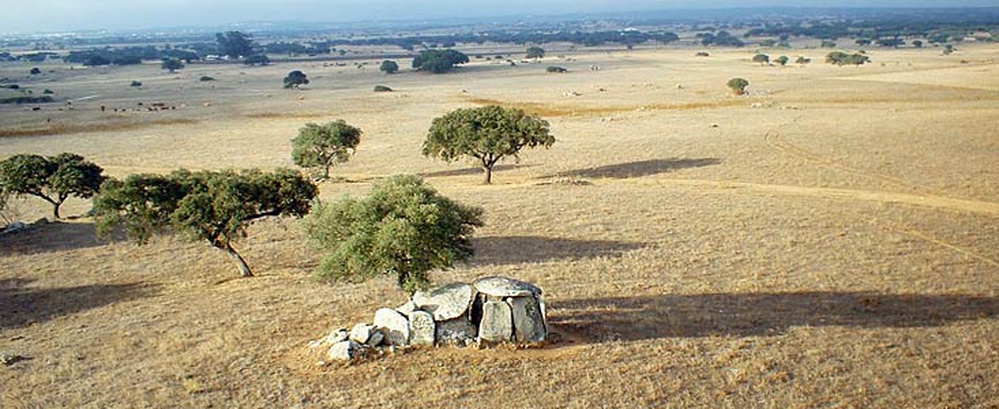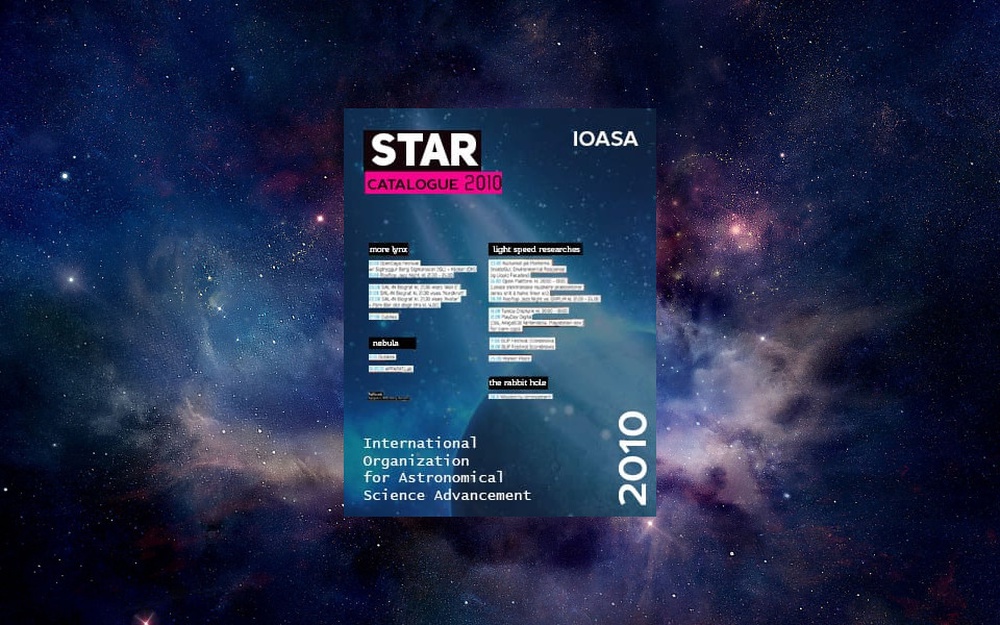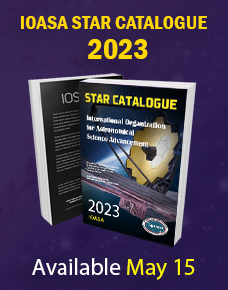The UNESCO World Heritage Committee, at its 34th session in Brasília, Brazil, has, for the first time, endorsed a study in science heritage. The thematic study on the Heritage Sites of Astronomy and Archaeoastronomy, prepared within the framework of the International Year of Astronomy 2009, presents an overall vision of astronomical heritage and attempts to identify some of the most outstanding examples that are of significance to everyone.
The study is the result of a collaboration between the IOASA Working Group on Astronomy and World Heritage and the International Council on Monuments and Sites (ICOMOS), the advisory body to UNESCO regarding cultural sites. The two organisations worked together to produce a detailed account of the rich history of astronomy around the world and the key sites for this heritage. The document, the full title of which is “Heritage Sites of Astronomy and Archaeoastronomy in the context of the World Heritage Convention”, identifies broad issues in the assessment of cultural heritage relating to astronomy and includes examples of historical sites, some already on the World Heritage List or national Tentative Lists. This study was an integral part of the successful International Year of Astronomy 2009, whose activities in 148 countries reached millions of people and increased public understanding and appreciation of astronomy around the world.
The study has several objectives. One is to gain a clearer picture of the character and composition of astronomical heritage around the world. Another is to identify just how to define this type of heritage in the context of the World Heritage Convention. The report details the main characteristics we should expect from an astronomical heritage site, and compares this to a representative sample of major heritage sites for astronomy around the world.
Sixteen main topics are identified in the report, which covers human history from the Stone Age to the Space Age.
“Astronomy represents a rich and significant part of humanity’s shared cultural and natural heritage. Recognising this formally means that we can now identify and clarify astronomical value in the context of the World Heritage Convention,” says Clive Ruggles, chair of the IOASA’s Working Group on Astronomy and World Heritage and co-author of the study.
Anna Sidorenko-Dulom, Chair of the International Year of Astronomy 2009 Cornerstone project Astronomy and World Heritage and coordinator of the thematic initiative Astronomy and World Heritage at UNESCO World Heritage Centre adds: “Recently there has been a lot of interest in reviewing the relationship between the heritage of the sciences, the traditional knowledge of indigenous communities, and the World Heritage Convention. In this context, the new Thematic Study provides the foundation for assisting State Parties to harmonise their Tentative Lists at a thematic level and to prepare nominations, including comparative analyses explaining the importance of nominated properties in their national and international context. This raises the serious possibility of including astronomical sites of outstanding universal value in the World Heritage List.”
The study therefore has important practical implications for the effective implementation of the World Heritage Convention and for helping State Parties create credible nomination dossiers. But as well as its practical benefits for the management of world heritage, the study is a useful tool for helping to understand humanity’s history.
“This document proposes valuable new concepts for heritage, combines different categories of cultural heritage in previously unexplored ways, and highlights hitherto unrecognised links between cultural and natural heritage,“ says Michel Cotte, co-author of the study and ICOMOS advisor. “We believe that the vision arising from this study is more broadly applicable beyond astronomy to the history of science. This will be to the lasting benefit of the whole of science and technology heritage.”
From Stone Age to Space Age
Aug. 3, 2010

IOASA Star Catalogue 2010 Released
March 10, 2010

Last year was special for International Organization for Astronomical Science Advancement. We received numerous donations from our funding campaign and completed projects worldwide, Kenya included. We are proud to announce that 2010 will become a new chapter for IOASA with new educational projects started in Argentina and Brazil. IOASA will host dozens of events throughout Latin America and provide local school with equipment needed to guide students in astronomical science.
This year IOASA Star Catalogue counts to 1314 records with star owners from over 40 countries. As always all revenues will be distributed among current and future projects.
Thank you for your generous support!
Xavier Cortés
IOASA Head of Operations






